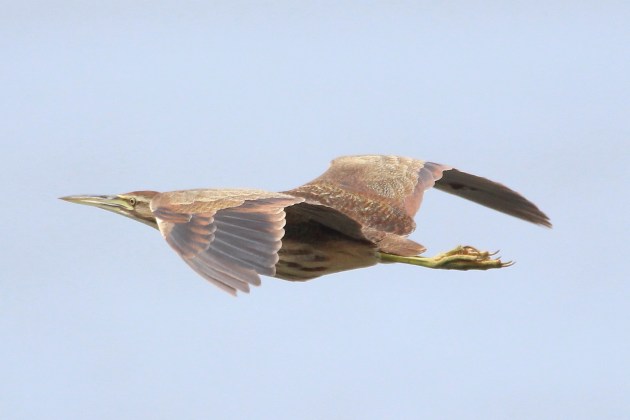Another week, another week without birding. We spoke this weekend at a church in Toluca, three hours away, and I got back too tired to hit the hills early Monday morning.
Fortunately, I have other 10,000 Birds writers from whom to steal ideas. David Tomlinson wrote this week about how many and which species he has seen so far this year, and I can do the same. Especially since, to my surprise, it turns out that I am somehow picking up species faster this year, here in Michoacán, than in any other year. This surprises me, because I have spent a fair number of days outside of the state (both in Mexico’s state of Tabasco, and in California). I have also had an unusual number of weeks when, like this one, I have not gone birding. And finally, there are the circumstances of last winter’s severe drought, which kept me from seeing old friends like the Semipalmated and Snowy Plovers.

Snowy Plovers in better times, 2021
And yet, to date, I am four species beyond my previous highest total for mid-July, and eleven species above my five-year average. How can that be, in such challenging circumstances?
I believe the answer comes down to one word: biologists. Now, I have met quite a few biologists over the past few years who lacked field experience, or weren’t really interested in birding. A few even are careless with their IDs. But “my” biologists, the scientist friends who go birding with me, have my full confidence and respect, as well as my friendship. They are great folk. And they have great eyes and ears!
I have quite a list of birds I have seen, or at least heard, because this has been my year of group birding. My second Buff-collared Nightjar, seen by Jonathan lying perfectly still on a perfectly matched bit of ground. The same month, he also ID’d my first Bumblebee Hummingbird for 2024. The same month, Jorge called me excitedly after our church service, for me to run and see my first Zone-tailed Hawk in the highlands; I usually only see this raptor in the lowlands. In March, it was the American and Chilean Flamingo pair that Jorge saw in the distance, and the Virginia Rail that everyone managed to see before I did. Jonathan found Gull-billled Terns in June, and Jonathan and Nacho located Mangrove Cuckoos (shown at the top of this post) by their calls, just last week.

Buff-collared Nightjar

The female Bumblebee Hummingbird is a mere 7 cm long. 2018

Zone-tailed Hawk, 2020

Nacho’s photo of that Virginia Rail

The little guy in the front was a Gull-billed Tern; the bigger ones were Caspians. 2022
On those rare occasions when I birded alone this year, I occasionally managed to see something unusual all by myself. Unfortunately, I never managed to share my multiple Aztec Thrush sightings. A difficult American Bittern also turned up when I was alone. Both of these are birds that usually do not make their way onto my year lists.

I’ll probably be showing this Aztec Thrush photo until the day I die.

American Bittern
Most years I see around 290 species in the state of Michoacán, although I can see more if I travel four hours to the coast. This year I hope to easily surpass 300 species, just here in the highlands… with a little help from biologists.
The post On My Way to 300 appeared first on 10,000 Birds.
Source link

